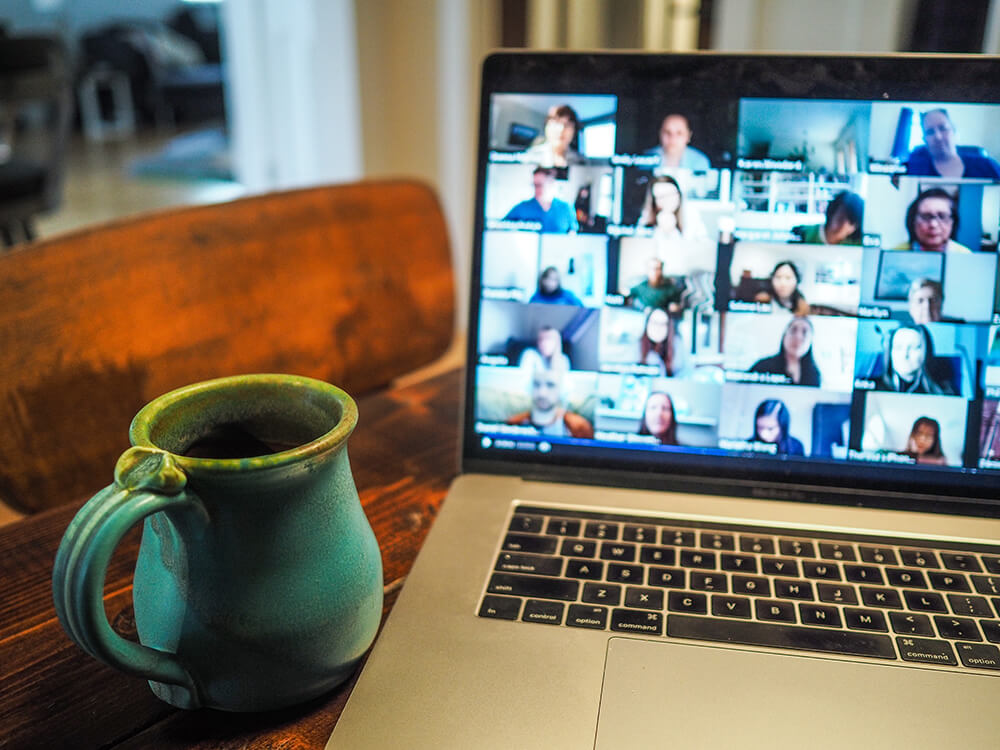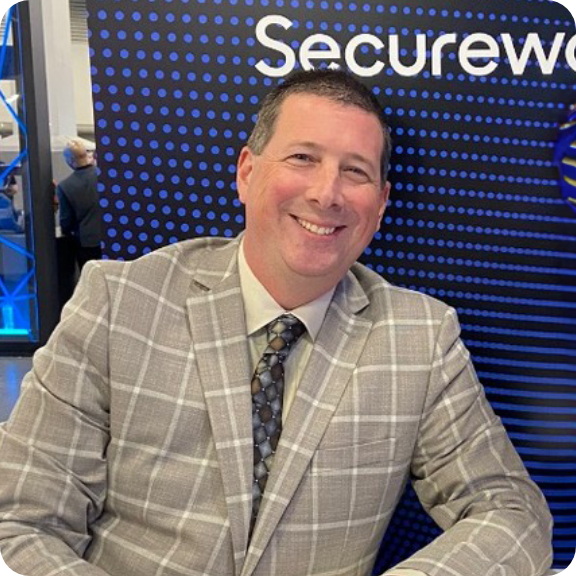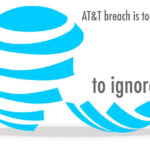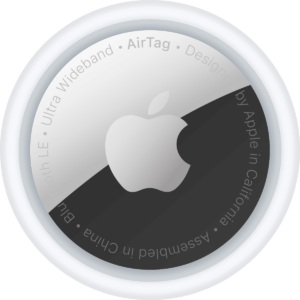Your cart is currently empty!
Cybersecurity Risks When Managing Remote Teams

The workplace has changed immeasurably over the past couple of years. While more people were moving to work from home, or even had some sort of hybrid of both, the restrictions brought in during the pandemic have changed many people’s attitude towards working in an office.
A recent poll discovered that 61% of people who are working from home are doing so because that’s what they prefer, even though their offices are now open. It represents quite a turnaround as just over a year ago, only 36% would have instead chosen to do their job outside the office.
While people are finding it more productive and are appreciating more time within their own four walls, the rise in people not coming into the office can often present risks for their employers. Today, we look at some of the problems that businesses face while their staff aren’t in the building and fulfilling their role elsewhere.
Unsafe Wi-Fi networks
Employees are getting online via their own home wireless networks or, in some cases, accessing your business network via unsecured public Wi-Fi. This could leave them open to malicious attacks from people who may be able to spy on their connection and steal confidential information. This can happen through data being sent, often unencrypted, over these home networks rather than the secured ones within the workplace.
Software Security
One of the key elements of managing remote teams is revealed by LHH to be conducting meetings over video conferencing software, such as Zoom. The popular platform has had to have extensive updates due to the user base growing from 10 million to 300 million users after breaches in security caused some issues. One issue was some Apple Mac users were experiencing problems with their microphones at the end of a call; they weren’t disabling, which meant conversations could be heard outside of the meeting. Also, there have been flaws in the software revolving around remote hacking. This could have given access to meetings and content over the calls to those looking to steal information. Thankfully, however, these have now been fixed via those aforementioned updates.
Using personal devices for work
Employees using personal devices for work-related matters is a huge risk; if they don’t keep their devices up to date, it potentially poses a security risk. As just noted with Zoom, the importance of applying these patches is paramount. How stringent are they with passwords and security on their devices? Is this something that could easily be exploited? By blurring the lines between personal and professional increases the risk of sensitive information falling into an insecure environment. Also, while considering sensitive information, if an employee was to leave your company after working on their device from home. Do you know what information they have stored? You have no way of accessing it or ensuring its deletion.
Remote infrastructure attacks
Aside from what can happen between the employee and the business, there are inherent risks that come with installing new infrastructure to allow for remote working. The new systems can be open to brute force attacks, and already there are reports that malware attacks are on the rise. So, you must protect against DDoS attacks, as not doing so could prevent workers from accessing services over the internet or, worse, destroy your business.
Summary
As you can see, there are inherent risks that are associated with the internet and people using it to work from home. However, with good communication, many potential issues can be limited by keeping staff aware of the best practices. But overall, remember risks don’t just appear when employers work from home, it’s key to ensure you secure your staff, no matter where they are, for the good of your business.

Scott Schober
CEO | Author | Speaker at Berkeley Varitronics Systems
Scott Schober presents at cybersecurity and wireless security conferences for banking, insurance, transportation, construction, telecommunications and law enforcement industries. He has overseen the development of dozens of wireless test, security, safety and cybersecurity products used to enforce a “no cell phone policy” in correctional, law enforcement, and secured government facilities. Scott regularly appears on network news programs including Fox, Bloomberg, Good Morning America, CNN, MSNBC, NPR and many more. He is the author of 'Senior Cyber', 'Cybersecurity is Everybody's Business' and 'Hacked Again', the “original hacker’s dictionary for small business owners” - Forbes Magazine.
Our Newsletter
Lorem ipsum dolor sit amet, consectetur adipiscing elit. Aliquam mattis ligula vitae leo scelerisque, sit amet feugiat ex venenatis.
"*" indicates required fields
Latest Posts
Our Best Sellers
How can we help?
Lorem ipsum dolor sit amet, consectetur adipiscing elit. Nunc dictum aliquet justo sit amet consectetur. In tempor lobortis ante vitae ornare. Praesent feugiat magna at tempor consequat. Aenean in iaculis libero, aliquam imperdiet mi.









Leave a Reply